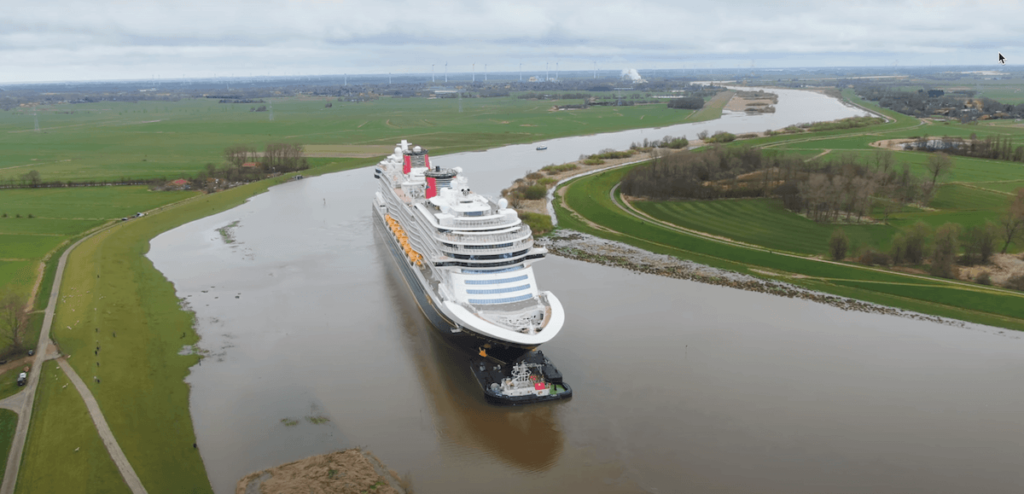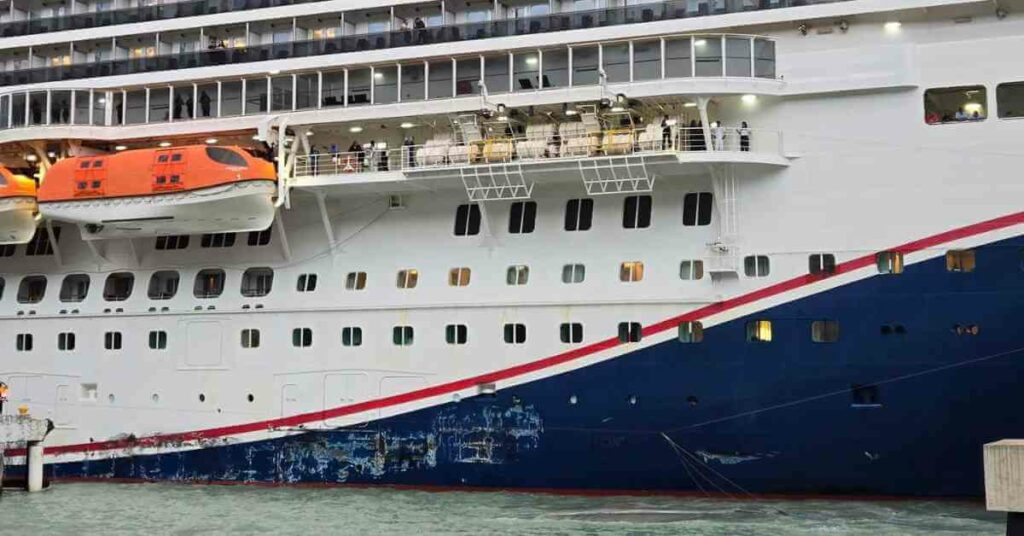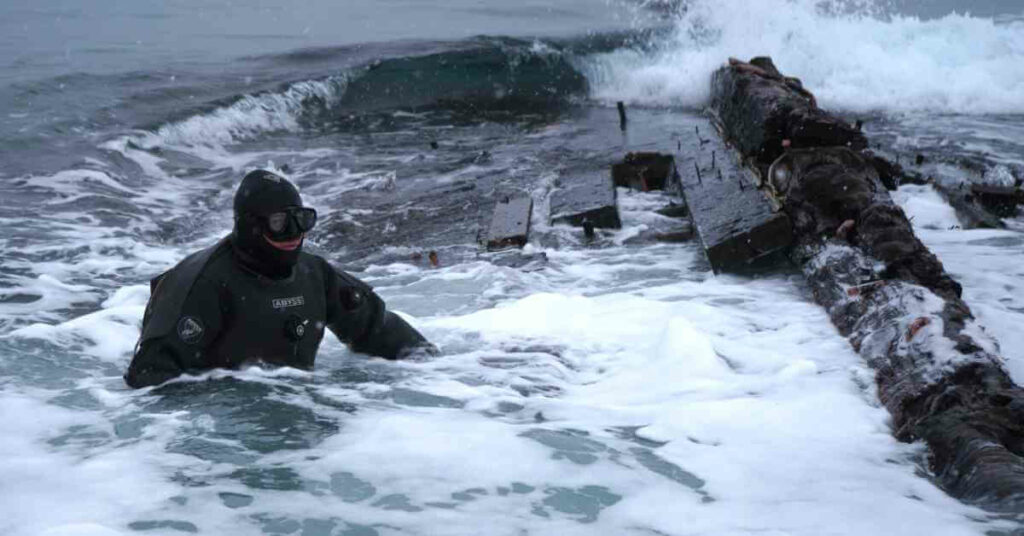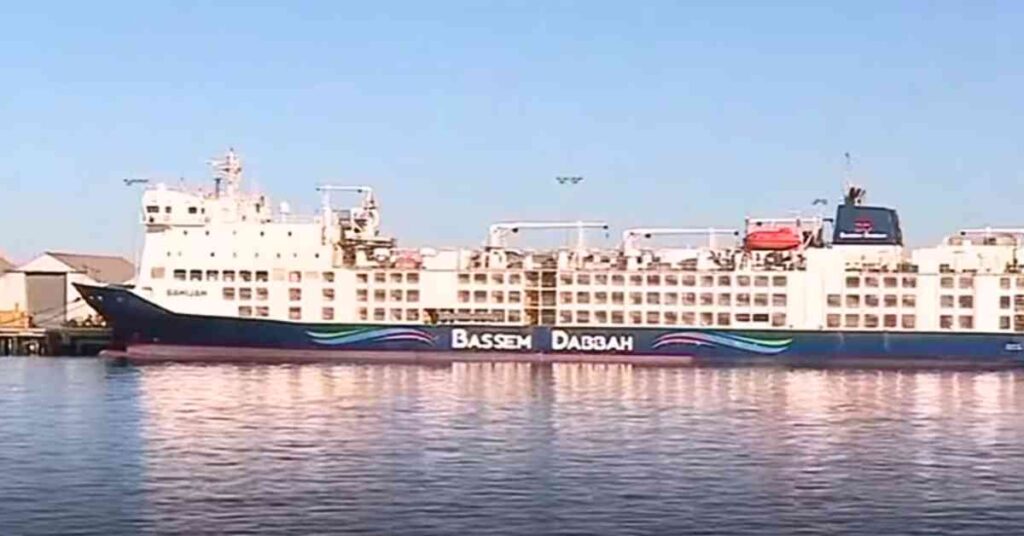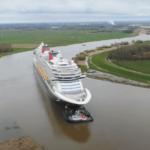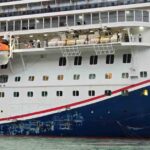Video: Why is the Panama Canal so important?
Panama Canal is one of the essential waterways in the world. But have you thought about why?
Let’s find out…
The Panama Canal is an artificial waterway connecting the Atlantic and Pacific oceans across the Isthmus of Panama.
The important maritime infrastructure has led to the free flow of international trade in the western hemisphere.
Panama is home to the largest ship registry in the world, whereas the Panama Canal is of huge significance to the shipping industry and global trade.
Before its construction, ships travelling between the east and west coasts of the American continents had to go around Cape Horn in South America, an 8,000 nautical miles-long voyage, which took two months.
This is quite a saving in today’s terms, especially considering the issue of global warming and preventing carbon emissions.
An average of 14,000 transits are made every year through the Panama Canal.
Ships carrying all kinds of cargo safely navigate the canal’s waters.
Containers are at the top of the Panama Canal list of users, closely followed by tankers and bulkers. With the new locks, gas tankers have found a shorter route to their destinations.
Cargo ships pay an average of $188,000 per transit, though some crossing fees rise as high as $ 1 million.
The Panama Canal has three locks that raise vessels to a higher altitude and then lower them to sea level once on the other side.
The Panama Canal works as a water bridge in which ships are elevated at about 85 feet above sea level by a locks system.
Ships transiting from the Atlantic to the Pacific enter the approach channel in Limón Bay, which extends about 11 km to the Gatún Locks.
The ships then pass through a 2 km long channel to the Miraflores Locks, which consists of two consecutive steps, where they are lowered back to sea level on the Pacific Ocean side.
The ships then pass through a final 7-mile (11.2 km) passage, then enter the Pacific Ocean.
A mountain range runs the length of Panama through the Canal Zone, though it is lower there. Additionally, the tidal levels of the oceans on either side of the Panama Canal differ. Locks raise ships to the level of the lakes and lower them to sea level.
Locks work on the basic principle of gravity and floatation. The height difference between Gatun Lake and the Pacific & Atlantic Oceans causes water to flood and empty the locks through culverts. Huge valves control the flow of water.
A control centre manages the entire system at respective lock gates. When lock gates flood, the ship floating inside the lock gate rises with the rising water level and then enters the consecutive lock gate for further rise. The same technique is used to lower the ship by emptying the lock gates.
When did you cross the Panama Canal? Let us know in the comments.
Disclaimer: The authors’ views expressed in this article do not necessarily reflect the views of Marine Insight. Data and charts, if used in the article, have been sourced from available information and have not been authenticated by any statutory authority. The author and Marine Insight do not claim it to be accurate nor accept any responsibility for the same. The views constitute only the opinions and do not constitute any guidelines or recommendations on any course of action to be followed by the reader.
The article or images cannot be reproduced, copied, shared or used in any form without the permission of the author and Marine Insight.
Do you have info to share with us ? Suggest a correction

About Author
Zahra is an alumna of Miranda House, University of Delhi. She is an avid writer, possessing immaculate research and editing skills. Author of several academic papers, she has also worked as a freelance writer, producing many technical, creative and marketing pieces. A true aesthete at heart, she loves books a little more than anything else.
Latest Videos Articles You Would Like:
- Watch: Giant Disney Cruise Ship Maneuvers Through Impossibly Narrow River
- Cruise Ship Damaged Due To Severe Weather, Passengers Stuck Abroad
- Archaeologists Examine 19th-Century Shipwreck Found On Canadian Coast
- Australia Stops Livestock Ship From Sailing Around Africa To Israel Amidst Houthi Attacks
- Iran Warns U.S. Of Targeting Cargo Ships Following Latest Airstrikes On Houthis
- Watch: Ukrainian Forces Destroy Russian Missile Boat In Black Sea Operation
Daily Maritime News, Straight To Your Inbox
Sign Up To Get Daily Newsletters
Join over 60k+ people who read our daily newsletters
By subscribing, you agree to our Privacy Policy and may receive occasional deal communications; you can unsubscribe anytime.



